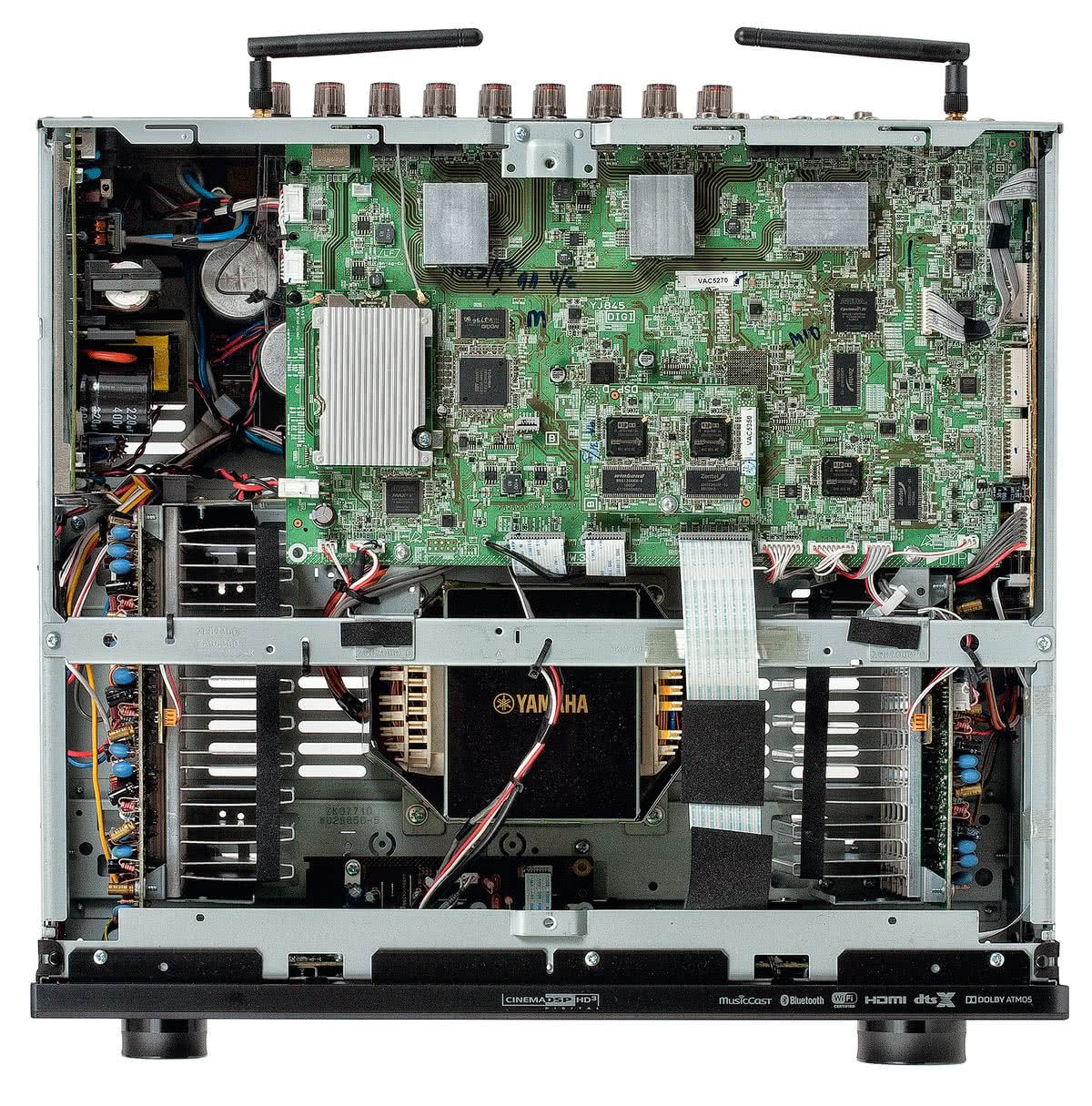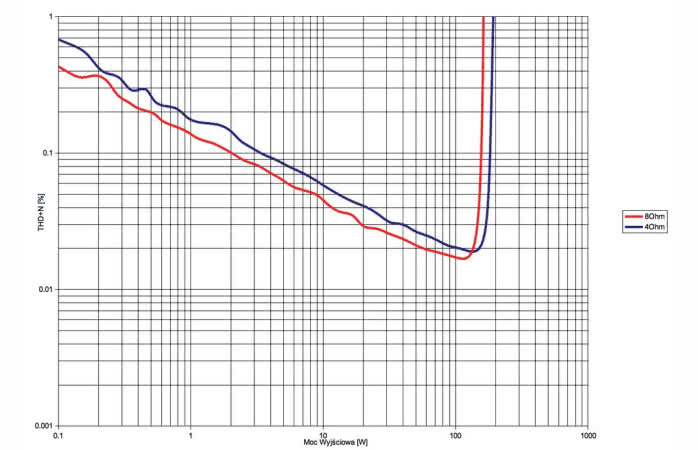openvista
Member
This is all a matter of good engineering and the dollars to deliver it. I would expect that the odds of delivering any full featured, multi channel AVR that measures well for under $3000 are slim to none.
You mean like this: Review and Measurements of Marantz AV8805 AV Processor? I'm not very hopeful.
Some of the "luxury" nameplates (Anthem, Classe) have been purchased in recent years and are now run by private equity and the like. They leverage the brand identity but strip it of all its meaning.
Fun anecdote. This past summer Gene DeSalla was evaluating Yamaha's top of the line pre pro (CX-A5200) and amp (MX-A5200) for review. Before publication he informed Yamaha he found what he considered to be a significant issue involving a large disparity in THD+N
This is why I appreciate what Amir does so much!! He puts everything out there for the world to see, warts, beauty marks and all.
EDIT: The THD+N issue with the CX-A5200 was actually with the L/R XLR outs (noisier) vs the RCAs (quieter). About a 15-20 dB spread.
Last edited:


